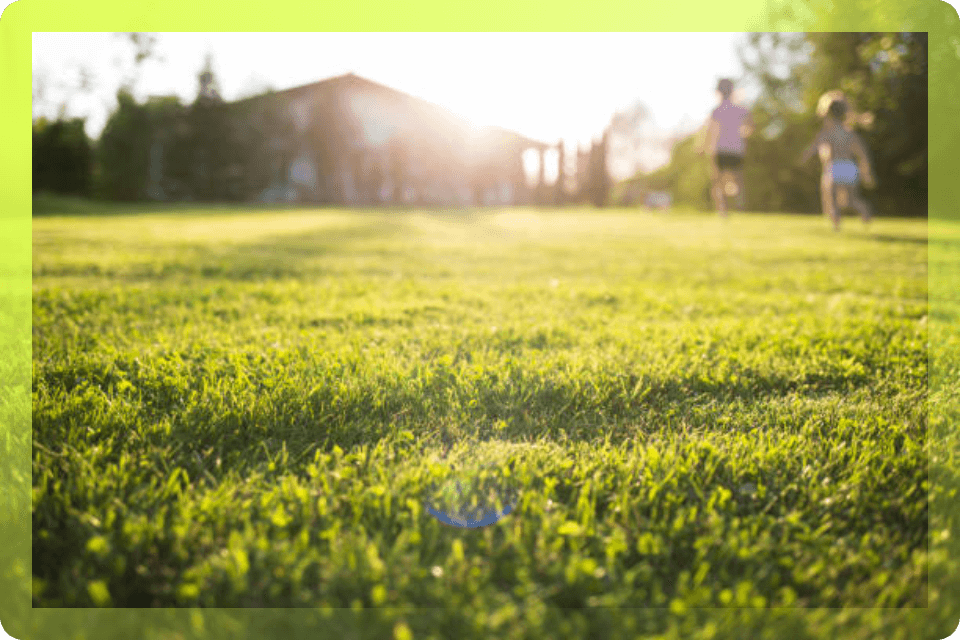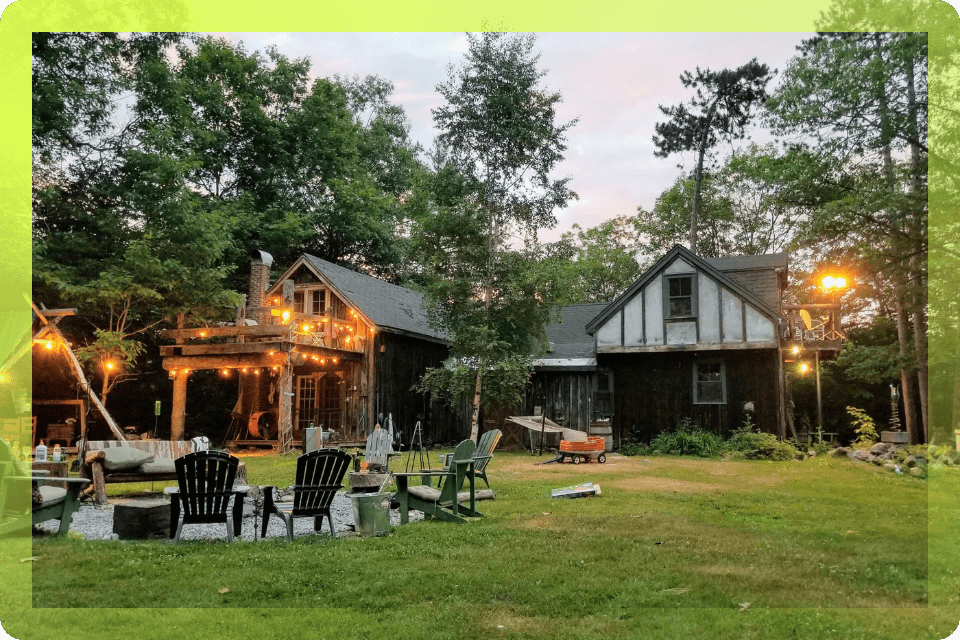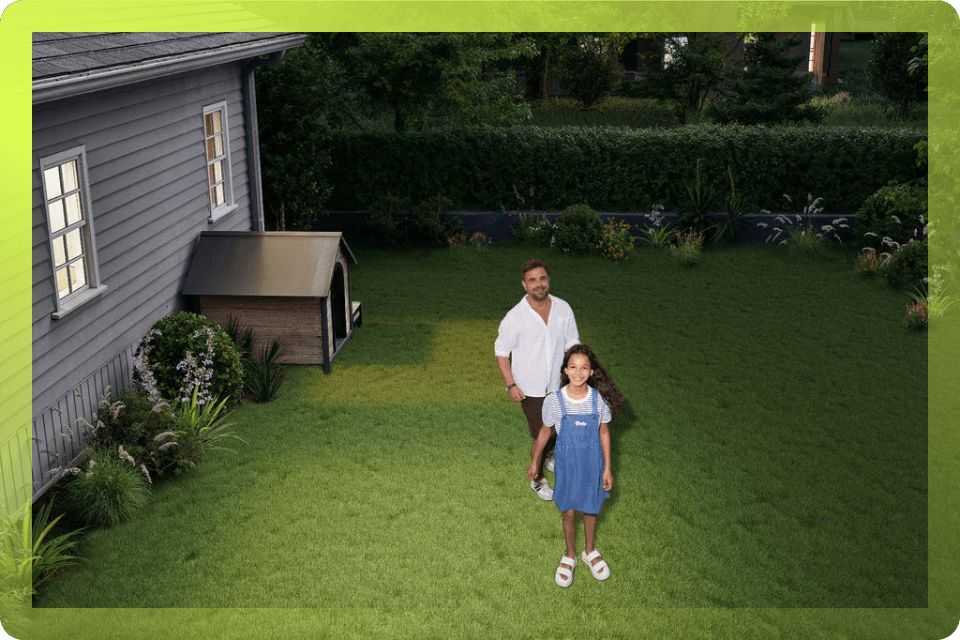Summer brings longer days, warmer evenings, and endless chances to enjoy your outdoor space. By combining savvy DIY upgrades with smart technology—and adding an outdoor energy storage system that’s compact enough for your balcony or patio—you can create a backyard oasis that’s comfortable, sustainable, and even powers your home when you need it most.
1. Harness Solar Power for Lighting & Décor
Swap wired fixtures for solar-charged LED string lights, lanterns, and pathway stakes. Place panels where they get six hours of direct sun, and use motion sensors so lights only come on when someone walks by—saving both energy and creating delightful surprises after dark.
2. Automate Irrigation to Conserve Water
Install a smart irrigation controller that reads local weather and soil moisture. It skips watering on rainy days, adjusts runtimes for heat waves, and zones your lawn, flower beds, and potted plants so each area gets exactly what it needs—no more, no less.
3. Embrace Drought-Tolerant & Native Plantings
Choose low-water species like lavender, sedum, and ornamental grasses. Group them for easy maintenance and maximum visual impact. Add native wildflowers to attract bees, butterflies, and hummingbirds—turning your garden into a small ecosystem that thrives on low inputs.
4. Cool Your Space with Shade & Reflective Surfaces
Install shade sails or a simple pergola draped in climbing vines to cut temperatures by up to 15°F. Use light-color pavers or gravel for seating areas to keep feet cool, and consider reflective mulch to reduce heat absorption around plantings.
5. Integrate Smart Outdoor Tech
Solar Fans & Misters: Lower perceived temperature by 10–15 °F with solar-powered misting systems—no grid electricity required.
Smart Lighting Scenes: Set “Dinner,” “Relax,” or “Party” modes in your app so one tap adjusts color and brightness.
Zone Monitoring: Solar AI cameras track activity in different garden zones; dial back lighting and irrigation in unused areas to save resources.
6. Create Green Comfort Zones
Pallet Lounge: Upcycle wooden pallets into sofa bases; top with waterproof cushions and surround with solar lanterns.
Hammock Retreat: Hang a hammock for breezy relaxation—no electricity needed.
Fire-Free Fire Pit: Use a stone circle and a solar LED “flame” lamp for ambiance without smoke or fuel.
7. Extending Evenings & Powering Indoors
A compact Balcony Energy Storage System not only keeps your outdoor lights, speakers, and misters running after sunset—it can also back up key indoor appliances:
Seamless Indoor Backup
Connect the storage unit to your home’s essential circuit via a plug-and-play transfer switch or use portable outlets. During power cuts or peak-rate hours, it can run lights, Wi-Fi routers, and even small refrigerators for hours.
Smart Load Management
Use the system’s app to prioritize devices: set your fridge and communication devices as Tier 1 loads, and charge phones or run fans as Tier 2. The battery balances supply so you never waste stored energy.
Solar-Ready Charging
Pair with foldable balcony solar panels to recharge during the day. Even a few panels collecting morning sun can top off the battery enough to keep your indoor essentials powered through the evening.
Efficient Inverter Selection
Choose a pure-sine-wave inverter for compatibility with sensitive electronics. Look for models with >90% efficiency to minimize losses when converting DC battery power to AC for indoor use.
8. Peak-Off-Peak “Smart Charge” Tips
Take advantage of time-of-use electricity rates by scheduling your battery to charge during off-peak (low-tariff) hours and discharge during peak-rate periods:
Look for “TOU Scheduler” in product specs—this feature lets you define charge/discharge windows based on your utility’s tariff schedule.
Set Off-Peak Charging: Program the system to auto-charge from the grid (or solar) when rates are lowest, often late at night or early morning.
Discharge at Peak: Configure discharge to power indoor loads or feed your smart backyard devices during high-cost daytime hours, reducing your bill.
Hybrid Mode: For sunny days, prioritize solar charging first; switch to grid only when sunlight wanes—maximizing renewable use and minimizing grid draw.
Quick Start Checklist
Evaluate Your Needs: List indoor and outdoor devices you want backed up and estimate evening power draw.
Match Capacity: Choose a storage system sized at least 1.5× your estimated usage.
Verify Smart Features: Ensure the unit includes TOU scheduling, app monitoring, and solar compatibility.
Safe Setup: Use certified transfer switches and outdoor-rated cables for indoor-outdoor connections.
Monitor & Optimize: Review usage data in your app monthly—adjust schedules to align with sunlight patterns and tariff shifts.
This summer, transform your backyard into an energy-efficient retreat that not only delights the senses but also powers your life—day and night. Embrace the fusion of nature and innovation, and let your garden shine.








Leave a comment
This site is protected by hCaptcha and the hCaptcha Privacy Policy and Terms of Service apply.